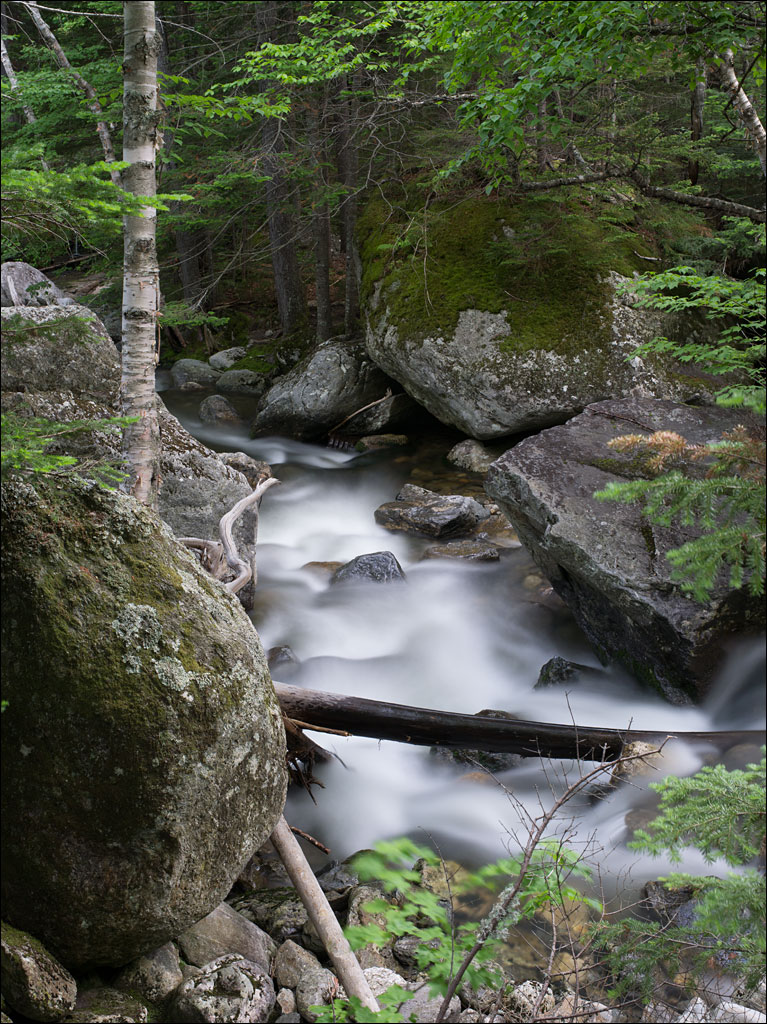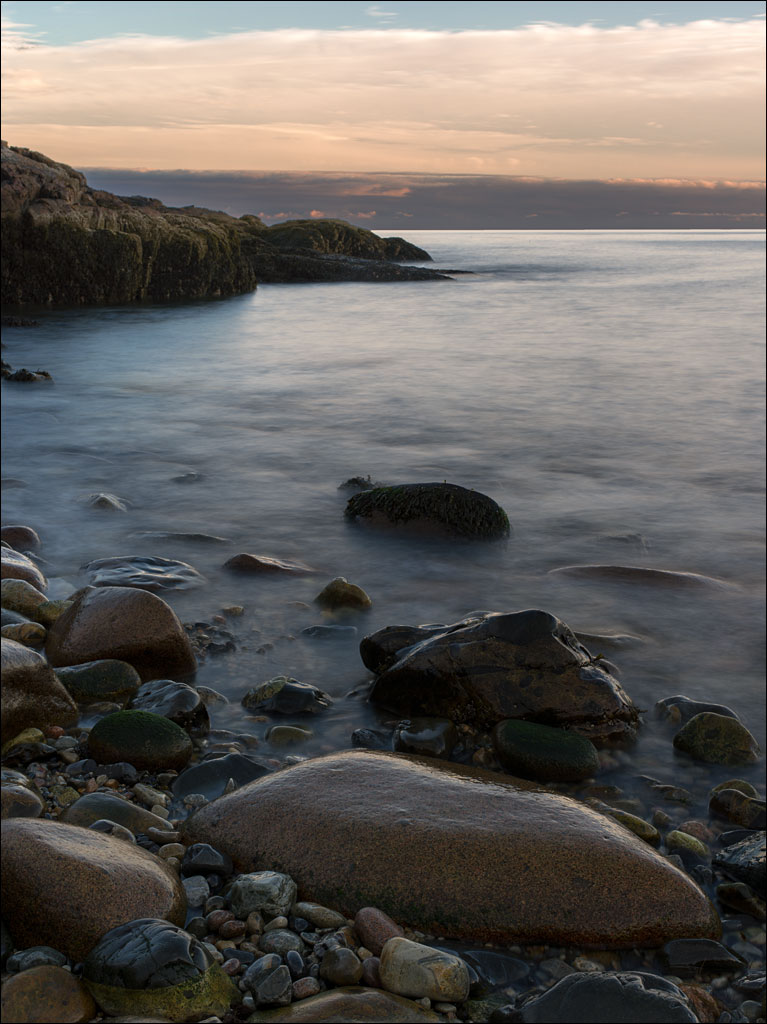I just tried using a variable ND filter to get blurred waves on the beach. The vignetting was because the filter is thick, and I was using a 24-70 lens at 24mm. But that is not my problem. The shorter exposures, such as 1/13 second, posted here are OK. But the long exposures such as 15 full seconds, also posted here, have broad vertical stripes. can anyone explain what is going on? Are they selectively "polarized"? I used a tripod, mirror lock up, and eyepiece blind. Camera was a D800E with Tamron 24-70 f2.8 VC lens with VC set to "OFF"
Thanks in advance. This technique is new to me; more difficult than I thought it was going to be. BTW to filter is a "cheapie".
Thanks in advance
Dave in NJ
Thanks in advance. This technique is new to me; more difficult than I thought it was going to be. BTW to filter is a "cheapie".
Thanks in advance
Dave in NJ


